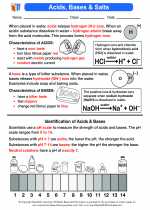What are Cosmic Rays?
Cosmic rays are high-energy particles that originate from outside the Earth's atmosphere. They consist of protons, electrons, and atomic nuclei from various elements. These particles travel through space at nearly the speed of light and can have energies thousands or even millions of times greater than those produced in particle accelerators on Earth.
Sources of Cosmic Rays
Cosmic rays come from various sources, including the sun, supernovae, and other cosmic events. The sun is a significant source of lower-energy cosmic rays, while higher-energy cosmic rays are thought to originate from supernovae and other extreme events in the universe.
Effects of Cosmic Rays
When cosmic rays collide with atoms in the Earth's atmosphere, they produce a shower of secondary particles, including muons, electrons, and photons. These particles can impact biological organisms and electronic equipment, and are also responsible for the production of carbon-14 isotopes in the atmosphere.







